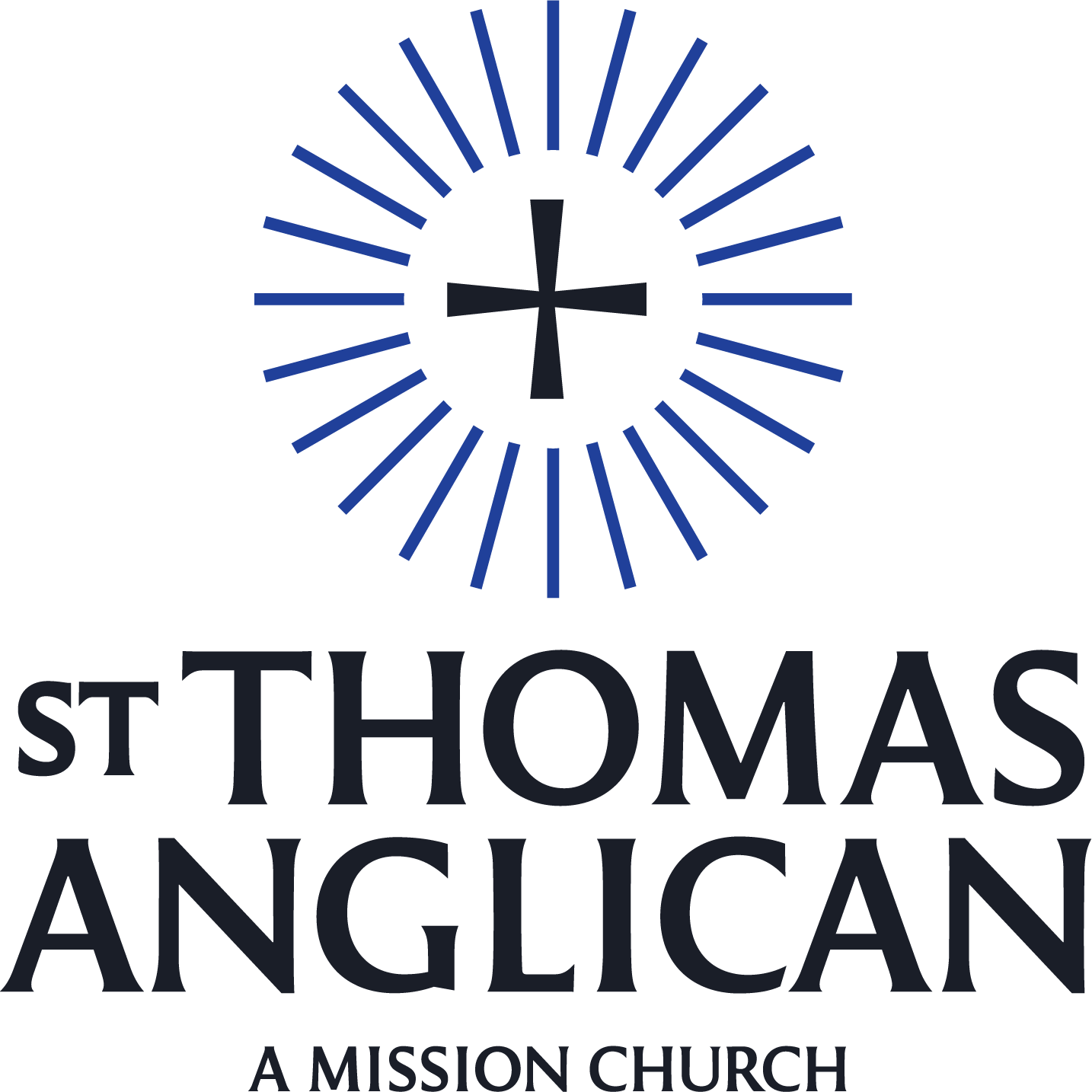Triduum Sacrum: The Three Holy Days
Holy Week is the pinnacle celebration of the Church year, the destination we've been headed toward since the First Sunday of Advent. In Holy Week we journey with Christ from his arrival in Jerusalem, to his death on Good Friday, and with him into the joys of the Resurrection on Easter morning. On Thursday, Friday, and Saturday of Holy Week, the church celebrates something called the triduum sacrum. This is the name given to these “three holy days” leading up to Easter Sunday. Liturgically this is seen as one event, divided over the course of Maundy Thursday, Good Friday, and the Great Vigil on Saturday.
Maundy Thursday
On Thursday we are called to reflect on three things. 1) The institution of the New Covenantal Priesthood; 2) the Institution of the Holy Eucharist; and 3) the New Command from our Lord to love one another in the same way that he loved us. During this service we “re-enact” the Last Supper and the journey from there to our Lord’s betrayal by Judas Iscariot. In the middle of the service, the Priest washes the feet of 12 men (representing the 12 apostles). This act embodies the New Command from Jesus and gives us a picture of the humility that we are called to walk in. At the end of the service the altar is stripped bare as Psalm 22 is sung. This symbolizes the abandonment and mistreatment of Jesus. The service ends in silence and we leave reflecting on Jesus’ agony in Gethsemane. We remember those dreadful words spoken to his disciples, “Could you not watch with me one hour?” (Mt. 26:40)
Good Friday
We return on Friday to commemorate the most somber day in the entirety of the church year. It is this day that our sins sent Jesus to Calvary’s tree. The liturgy reflects this; it is simple and austere, with the ministers being dressed only in black. After we hear the Scriptures read, including the Crucifixion narrative from John’s gospel, a wooden cross is presented to the congregation. There is space provided for all to reverence the cross, most commonly done with a kiss. The cross is a horrific instrument of torture, oppression, and death, but we reverence it because it is also the instrument of our salvation. You’ll also notice that Good Friday is the only day on which it is not permitted to celebrate the Holy Eucharist. Theologians over the years have given different reasons for this, but in my estimation, when all is said and done, we do this in mourning. This is the day of our Lord’s rejection, the day that we lost him, the day when all who wanted to be with him could not. Most especially, we share a deep sense of loss this day with Mary as we sing those haunting words, “At the cross her station keeping, stood the mournful mother weeping, where he hung the dying Lord.” The service ends with a prayer for mercy, asking God to put the Cross of Jesus between His judgment and our souls, and the congregation exits in silence.
The Great Vigil
To "keep vigil" means to enter into a period of sleeplessness in order to watch and pray. Traditionally the Easter Vigil would begin at sundown on Saturday and last into the early hours of the morning on Easter, but don't worry, our service won't go that long! This service begins in the darkness outside with the kindling of the new fire and the blessing of the new Paschal (Easter) candle that will be used throughout the next church year. The Paschal candle represents to us the reality that Christ is the true light of the world, who has delivered us from the realm of darkness. At this point all enter into the unlit church and receive a candle, which is then lit from the new Easter flame. This shared flame is the only light for the church throughout the “Service of Lessons.” During this time we read the story of our salvation from the Old Testament - from creation, to the fall, to the flood, to the exodus, to the prophets, we hear the story of our redemption proclaimed anew.
After the Service of Lessons all process to the baptismal font as we sing from Psalm 42, “Like as the hart desireth the water-brooks, so longeth my soul after thee.” In the font are found the waters of life, and every year we bless the font and renew ourselves in our baptismal covenant as we are sprinkled with the water. This is also the time when we welcome people into the community through Baptism and/or Confirmation.
By tradition, the Great Vigil of Easter ends with the first Mass of Easter (traditionally celebrated after midnight). However, this custom developed when reception of Communion at the Easter Vigil was the main Easter Communion for the faithful. Since we will be returning in the morning to receive the Easter Communion, the service now concludes with the liturgy of Morning Prayer for Easter Day.
The Triduum shows us that our Lord had to first be betrayed, suffer, and die, before he could rise in glory. There is no Easter without Holy Week and the joys of Easter Morning are felt most deeply when we have followed our Lord on this journey. I hope you can join us for Holy Week this year!

